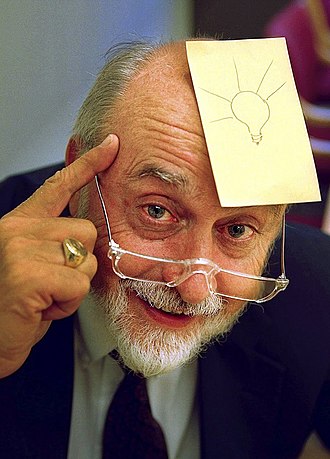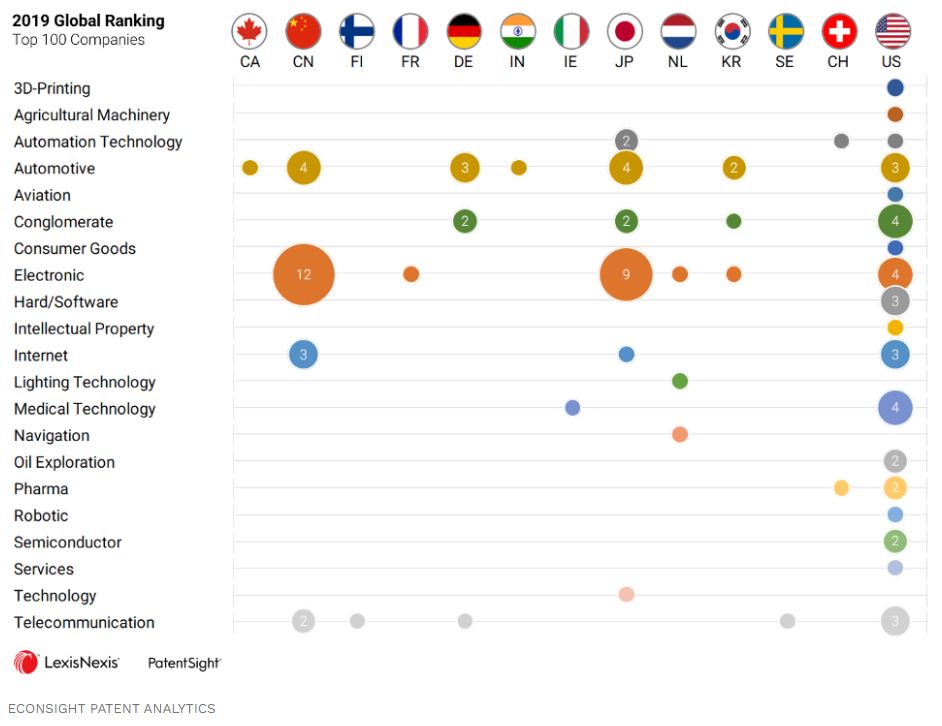Do healthcare innovations come from a sudden insight, like a bolt of lightning, or are innovations the result of diligence and persistence? Stackpole & Associates frequently works with innovative healthcare and senior care providers.  Modern media has popularized the concept of innovation coming as the result of a clever scientist having an “Ah-ha” moment. This breakthrough model of understanding innovation fits with a common cultural bias that prefers to attribute good ideas to individuals, rather than to groups or entire organizations. In order to foster healthcare innovations and improve patient & consumer experience, we need to understand where innovations come from.
Modern media has popularized the concept of innovation coming as the result of a clever scientist having an “Ah-ha” moment. This breakthrough model of understanding innovation fits with a common cultural bias that prefers to attribute good ideas to individuals, rather than to groups or entire organizations. In order to foster healthcare innovations and improve patient & consumer experience, we need to understand where innovations come from.
Innovations in healthcare have never been more important. Developed countries struggle with increasing costs due to ageing populations and growing demand, and developing economies experience larger proportions of their GDP consumed by progressively more expensive healthcare, therefore the need for innovations is urgent. Fostering healthcare innovations starts with understanding how innovations can be incubated, encouraged and set to work for the benefit of patients, in particular, and society at large.
Do innovations have to be disruptive?
 Are healthcare innovations huge disruptions, or incremental steps toward a goal? The truth may not be always one or the other but given the importance of the healthcare agenda – saving and improving the quality of the lives being served – a better understanding of how innovations occur and are implemented is a top priority. For three decades, so-called “disruptive innovation” was promoted by many organizations in the technology and life sciences sectors. The model basically states that “If it isn’t broken, break it!” Companies and even governments looked for ways to encourage healthcare innovations outside of the established channels and organizational structures, believing that disruptive innovation was the goal, which was being constrained by existing systems. But is this true? Do better healthcare innovations emerge outside of mainstream research and development systems? The evidence is now less clear than was previously thought.
Are healthcare innovations huge disruptions, or incremental steps toward a goal? The truth may not be always one or the other but given the importance of the healthcare agenda – saving and improving the quality of the lives being served – a better understanding of how innovations occur and are implemented is a top priority. For three decades, so-called “disruptive innovation” was promoted by many organizations in the technology and life sciences sectors. The model basically states that “If it isn’t broken, break it!” Companies and even governments looked for ways to encourage healthcare innovations outside of the established channels and organizational structures, believing that disruptive innovation was the goal, which was being constrained by existing systems. But is this true? Do better healthcare innovations emerge outside of mainstream research and development systems? The evidence is now less clear than was previously thought.
There is a growing body of evidence that the most meaningful changes, the most sustainable and enduring healthcare improvements occur as the result of incremental innovation, rather than major disruptions.
Where do healthcare innovations occur?
Do healthcare innovations occur in out of the way places like garages and basements, late at night, or in elaborate and expensive laboratories deep within corporations and universities? The individual, an enterprising inventor is admired in many cultures and societies as the source of new inventions and innovations. The role of healthcare innovator is increasingly important, but the source of healthcare innovations is still not well understood. Some emerge at the bedside, where, for example, clinicians look for more effective ways to improve the patient experience. Other healthcare innovations are the result of years of painstaking, dedicated research and development conducted at great expense by vast global teams. And still other innovations occur as the result of an improbable coincidence; we all know the story of the Post-It-Note!
Do innovations have an address?
Which countries are the most innovative and why? If we believe that innovations are the result of more than individual breakthroughs, and are the result of education, systems and support and cultural dynamics, it makes sense that some countries would generate more innovations than others.  Historically, since the turn of the 20th century, the USA has led the developed world in several measures, principally the number of patents issued. This has changed recently as China surges as a technology leader. It’s clear, based on the growth of innovation is South Korea and Europe for example that governmental policies, that regulations and incentives can encourage creativity manifested in patent applications.
Historically, since the turn of the 20th century, the USA has led the developed world in several measures, principally the number of patents issued. This has changed recently as China surges as a technology leader. It’s clear, based on the growth of innovation is South Korea and Europe for example that governmental policies, that regulations and incentives can encourage creativity manifested in patent applications.
Innovations & patients’ experiences
And what about innovations and the patient experience? How do innovations affect the patient experience? Are healthcare innovations the result of consumer demand, or providers looking to make improvements, increase profits and drive shareholder value? And what role does the government play? Is the development of innovation incentivized by the search for value, or does the government only serve the role of control? And what about insurance companies and other intermediaries? The status quo in healthcare simply cannot survive in many people’s opinions; do insurers stimulate innovation or crush it down with mind-numbing administrative tasks?
There are companies building medical devices that work with your phone, and your smartwatch, which can take your retina scan, analyze your blood sample and your breath, and which can then analyze biomarkers to identify disease. There are dozens of phone apps available right now for health.
These are a few of the topics to be discussed at the 1st European Patient Experience & Innovation Congress. To learn more, or to register for this exciting inaugural event go to https://www.epic-health.eu/
